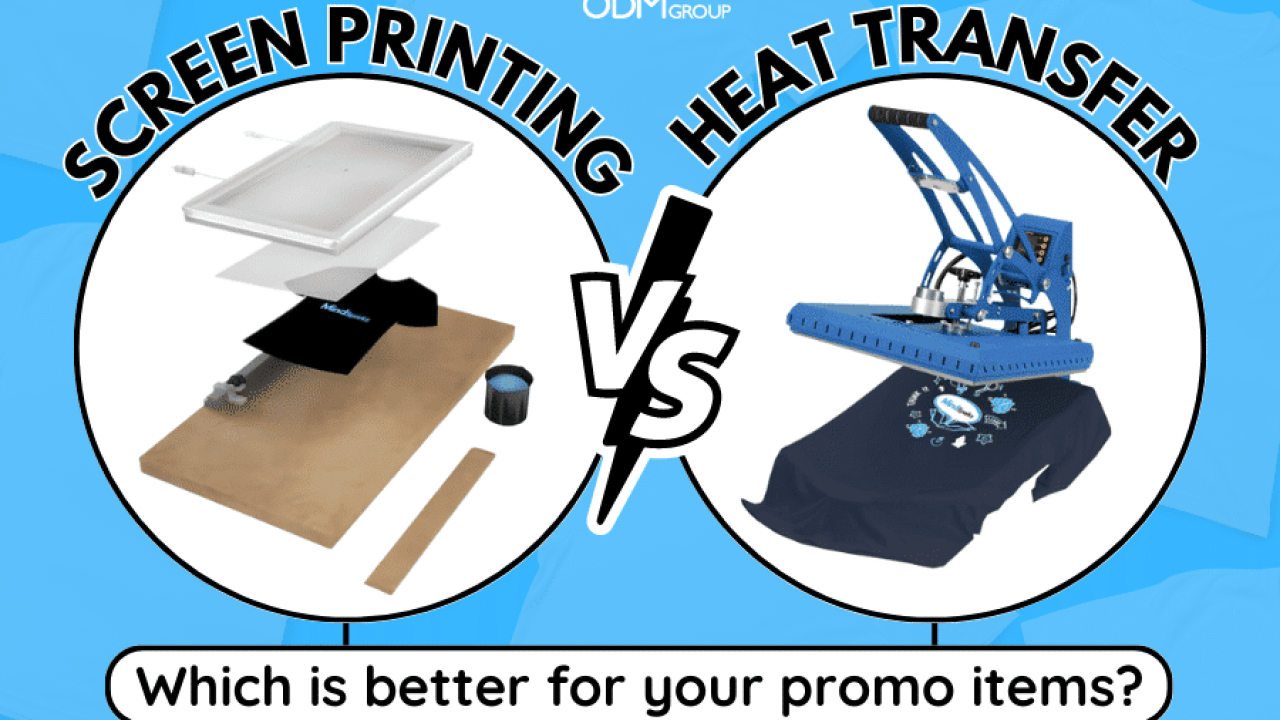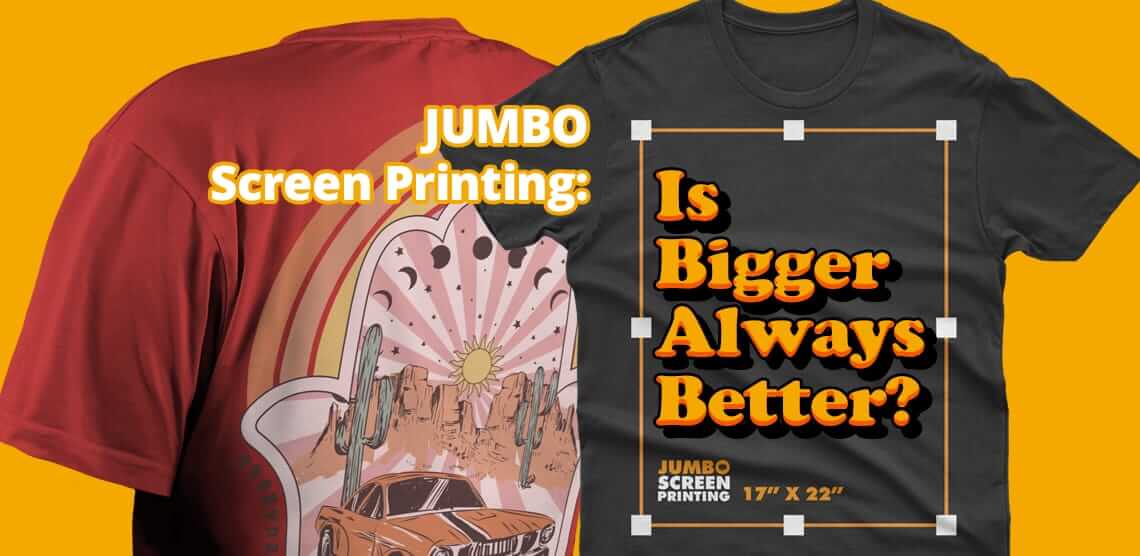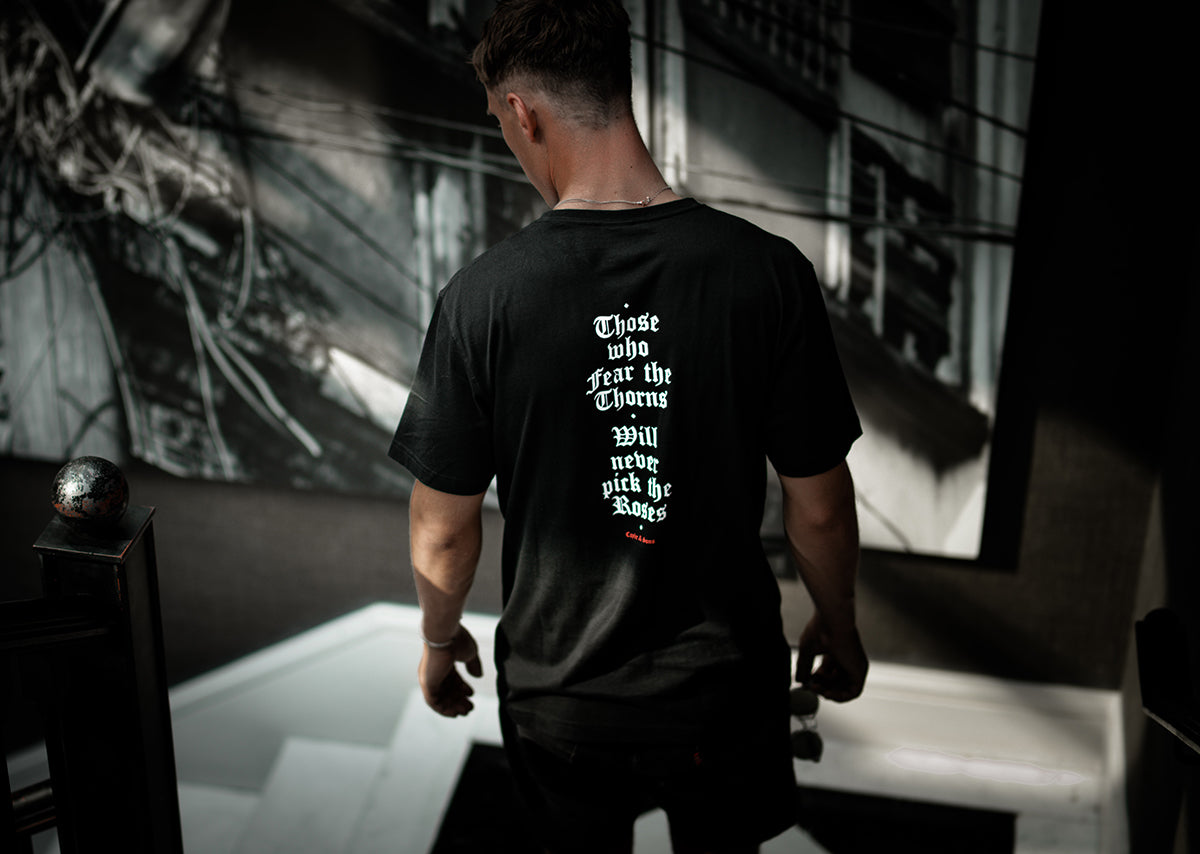The Ultimate Guide To Tx Tees
Some Known Facts About Tx Tees.
Table of ContentsThe Only Guide for Tx TeesGet This Report about Tx TeesGetting The Tx Tees To WorkThe Only Guide to Tx TeesAll About Tx TeesA Biased View of Tx Tees7 Easy Facts About Tx Tees Explained
That brings your total amount to approximately $1,900 gross and delivery. Include up other prices, like the variety of energies it takes to run the shop and the cost of ink and solution per layout. screen printer. Take the print listed below as an example. This is a one-color photo, so the price of ink per shirt is about 20 cents.The solution needs to just be a few cents because you 'd just require to coat one display for this work. Usually, printers attempt to make up to 45% profit on a print task.

With DTF, you can publish a handful of t shirts, or simply one. Utilize the exact same calculator as the section above to determine how much earnings you would certainly use DTF transfers. Compare the costs and earnings to whichever approach talks finest to your setup and procedure. Both display printing and DTF have their specific niches in the world.
How Tx Tees can Save You Time, Stress, and Money.
The ideal method to recognize? Ask around and see what print stores like your own are doing. screen printing shop. Try both out and see which you like far better
When you're selecting what sort of printing approach to utilize for publishing your art work styles on your garments, it is necessary that you understand the distinctions between these two methods so you can take full advantage of outcomes while minimizing costs. Screen printing is one of the most generally made use of technique for printing designs on fabrics.
DTG printing is likewise called area or direct to garment printing since it publishes only what is required rather than making a screen as screen printers do. https://txtees02.bandcamp.com/album/tx-tees. Screen printing works by display filler squeegee screen printing ink display mesh screen, after that transferring the photo to garment utilizing heat and/or stress
The DTG printer uses unique dye-sublimation inks that are applied right into a pre-designed image by an electronic printing system. The inks end up being component of the material, allowing for lively colors and phenomenal detail. It's additionally understood as place or direct to garment printing due to the fact that it prints just what is needed as opposed to making a display as screen printers do.
Fascination About Tx Tees
Initially, it's much faster - you can print a fullcolor picture in mins, as opposed to hours for screen printing. Second, there's no set up time or expenses included - you can publish any kind of layout you such as, without having to develop a screen. Third, there's no waste - because screen printers screen print one style each time, they have to screen each color individually.
The paper is extremely pricey and can just be made use of as soon as. Once it's published on, it has actually to be thrown out. - The first acquisition rate is reduced than the ahead of time financial investment of DTG printers- You can publish multi-color styles one screen each time as opposed to having to print each color separately like DTG printing.

Not known Incorrect Statements About Tx Tees
Instead of utilizing display mesh as display printers do, dye sublimation printers make use of laser technology to transfer your photos onto garments or paper. A heat process moves the color from its solid-state directly into the gas phase which subsequently fuses it onto material substratums when they are swiftly heated to high temperatures under high stress.
Sublimation printing is green. It uses less water than screenprinting, and since it does not entail the use of damaging solvents, it's risk-free for all kinds of garments. The dye sublimation inks are also odor free when treated, unlike display printers that make use of damaging chemicals throughout the display printing procedure that leave an undesirable smell.
They also save money on costly equipment like exposure units because dye sublimation printers don't require a UV exposure unit or a flash cure oven that is generally utilized in screen printing (screen printer). What is direct to garment printing (DTG Printing)? DTG printing is a digital screenprinting process that prints straight onto textile making use of specialized inkjet printers
Tx Tees - The Facts
DTG printing provides many advantages over standard screenprinting, including the ability to publish photographic top quality pictures, greater shade vibrancy, and the capability to print layouts on darker materials. DTG printers function by heating up the textile ink up until it develops into a gas. The gas then penetrates the material, bonding with the fibers to create a long-term print.

Display printers merely prepare their display after that begin publishing up until they run out of product or ink.- There is a wide variety of skilled screen printers throughout the globe, which can be handy for newbies. - It's a slower procedure - screen printers typically have to await the ink to completely dry before they can print the following shade- Display printers require hands-on labor, so there's a higher look at here now understanding curve and it takes longer to create a premium style- Display printing isn't as exact as DTG printing, so you might obtain some "bleeding" of shades from one part of the image onto another otherwise done properly.
Tx Tees Can Be Fun For Anyone
Nevertheless, rather than utilizing screen mesh as display printers do, dye sublimation printers utilize laser technology to move your images onto garments or paper. A warm process moves the dye from its solid-state straight into the gas stage which subsequently merges it onto textile substrates when they are rapidly heated up to heats under high stress.
Sublimation printing is eco-friendly. It utilizes much less water than screenprinting, and since it does not involve using unsafe solvents, it's risk-free for all kinds of apparel. The dye sublimation inks are likewise odorless when treated, unlike display printers that make use of hazardous chemicals throughout the display printing procedure that leave behind an unpleasant smell.
They additionally save money on expensive tools like direct exposure units because color sublimation printers do not call for a UV exposure unit or a flash remedy stove that is commonly used in screen printing. What is direct to garment printing (DTG Printing)? DTG printing is a digital screenprinting process that publishes straight onto textile making use of specialized inkjet printers.
Some Of Tx Tees
DTG printing supplies several advantages over standard screenprinting, consisting of the ability to publish photographic high quality images, greater shade vibrancy, and the capacity to publish styles on darker fabrics. DTG printers work by heating the textile ink until it develops into a gas. The gas after that permeates the fabric, bonding with the fibers to create an irreversible print.